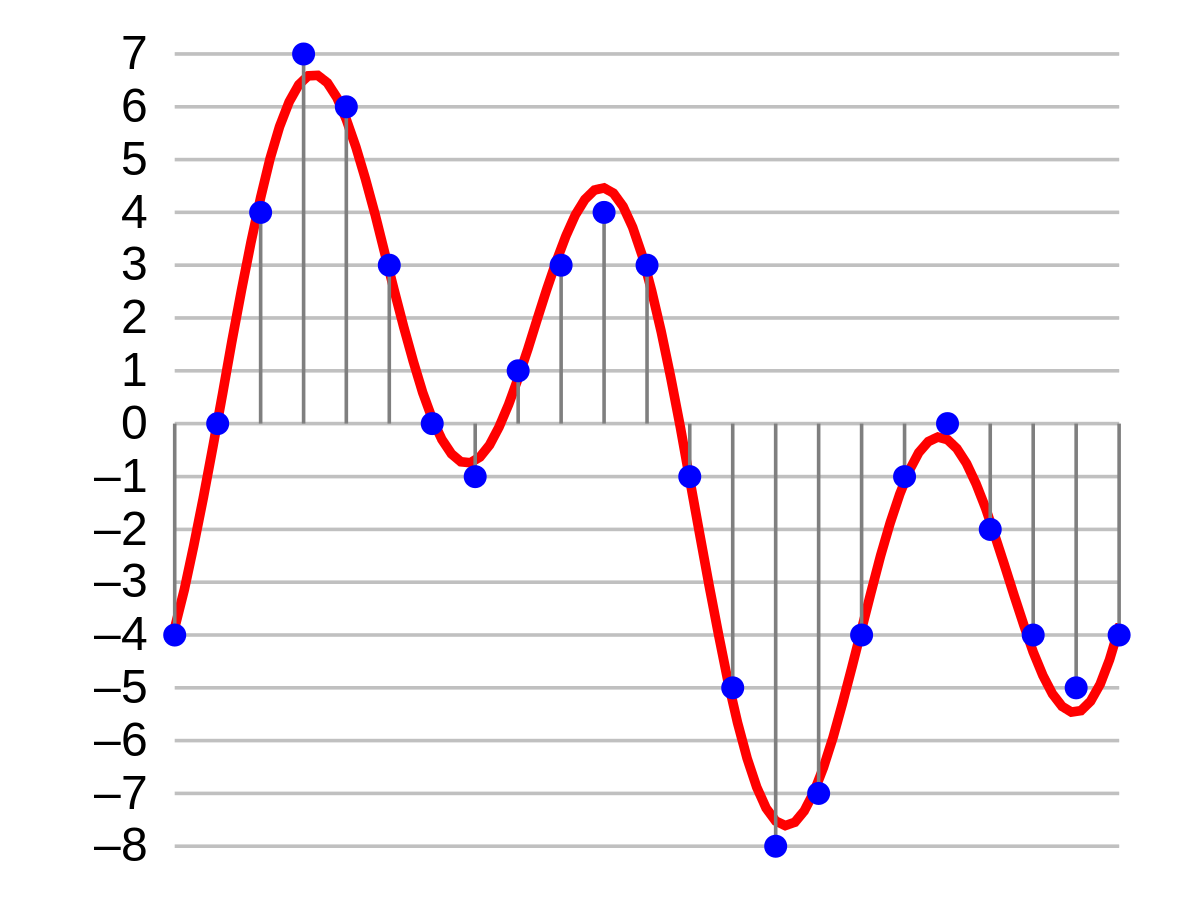1. Sample Rate.
Sample Rate is the measurement of how much of the soundtrack is sampled by the software you are using to compose the music. It is measured in either kHz or Hz with kHz being the bigger amount.
2. Uncompressed and Compressed files.
Uncompressed files are called the master file, this is due to the fact that it has all the information in it needed for the complete high quality original sound. The compressed files have less information in them thus reducing the quality of the audio, this, however, allows you to store this on a smaller device like a phone or DVD, but it will have a lower quality due to a lower Bit Depth and Sample Rate.
Why uncompressed ?
Uncompressed are the best files as they contain all of the required information needed for the best quality audio. Due to having all of the needed information they are often called the master file. You should never compress the master file as you would not just lose quality but lose the master file itself, if you are to decompress a compressed file then concatenation will occur where the sound will be missing due to a lot of detail mixed with a low sample rate.
3. Bit Depth.
Bit depth describes the potential accuracy of a particular piece of hardware or software that processes audio data. In general, the more bits that are available, the more accurate the resulting output from the data being processed. Bit depth is the number of bits you have in which to describe something.
I got this information from http://whatis.techtarget.com/definition/bit-depth because I do not understand much in audio work.
4. Reverb.
Reverb is the natural acoustics of an area, whether that be a room or narrow street. Reverb is the group of tightly spaced echoes. The number of echoes and how they decay can play a major role in shaping the resulting sound that you will hear. In addition to natural reverb, software versions of reverberation are also possible. Many audio cards, synthesizers, and digital audio applications can create reverb for your music.
5. Copyright and Licensing.
In the music business there are two types of Copyrights, the Mechanical Copyright and the performing Rights. The Mechanical rights are the rights held by the person or company who recorded and produced the music. The Performing Rights are the rights held by the person who actually wrote and performed the music piece themselves. Licensing is when you want to use the music track but it is not royalty free, to use the license of the soundtrack you must negotiate with both the Producing company and the person or band that wrote the music.
6. Open Source and Attribution.
When talking about Copyright and Licensing there is a thing called Open Source or Royalty free, these audio tracks can be used for free as these companies create these sounds for you to use wherever and whenever you want, however, if you are to use a Royalty Free sound then you must give credit to the creator of the sounds you have used.